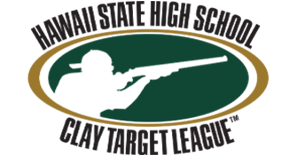Shooting Ranges
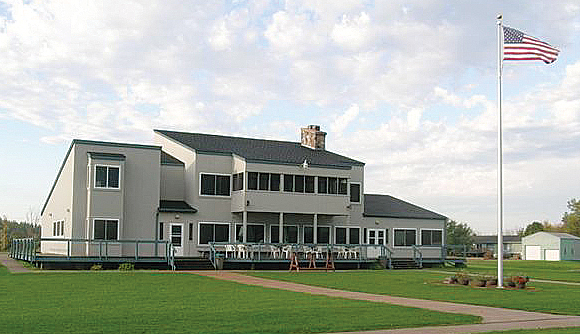
Because teams compete in a “virtual” competition, shoot at their local club, and submit scores to be compared online, it is essential that all participating shooting ranges follow the below recommendations to the best of their ability to all participants and teams.
Policies and procedures
Shooting ranges that host League teams should familiarize themselves with the League’s Policies and Procedures. This document is the first resource that clubs, teams, and coaches should refer to if there are any questions. Click here to find the league’s official policies and procedures.
Additionally, we recommend that shooting ranges set clear expectations with teams and athletes regarding shooting range rules and safety procedures. In all cases, shooting range safety procedures and product specifications supersede any League policies and/or procedures.
The League also recommends shooting ranges should provide each team a copy of their emergency management plan before the season begins. This emergency management plan should contain local emergency services contact information, inclement weather requirements and evacuation procedures, and shooting range contact information.
Alcohol and tobacco use
Clay target team events should be held to the same requirements as other high school events. Therefore, no alcohol or tobacco will be used during League events at the shooting range.
Firearms and ammunition
Shotguns: No chamber larger than 12 gauge can be used.
All student athletes must use factory ammunition. Ammunition load, shot size, and velocity (feet per second) specifications must meet the use requirements of the shooting range during the event. A student athlete cannot use:
• Reloaded cartridges.
• Tracers, copper and nickel coated shot.
Shooting range ammunition requirements supersede League ammunition requirements.
Teams, families and student athletes must follow all federal laws on the purchase, sale, storage, and transportation of ammunition.
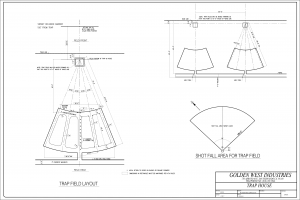
Field and target recommendations
Ensuring a consistent and fair shooting experience throughout the state and the League is important to the enjoyment of the sport for all participants. The League encourages shooting ranges to adhere to standard range and target specifications to the best of the shooting range’s abilities.
Trap field
The Amateur Trapshooting Association has provided a set of complete specification diagrams for the layout of trap shooting ranges, including trap house design, walkway specifications, and shotfall areas. The first and second diagrams on the right will provide the specifications for fields and trap houses.
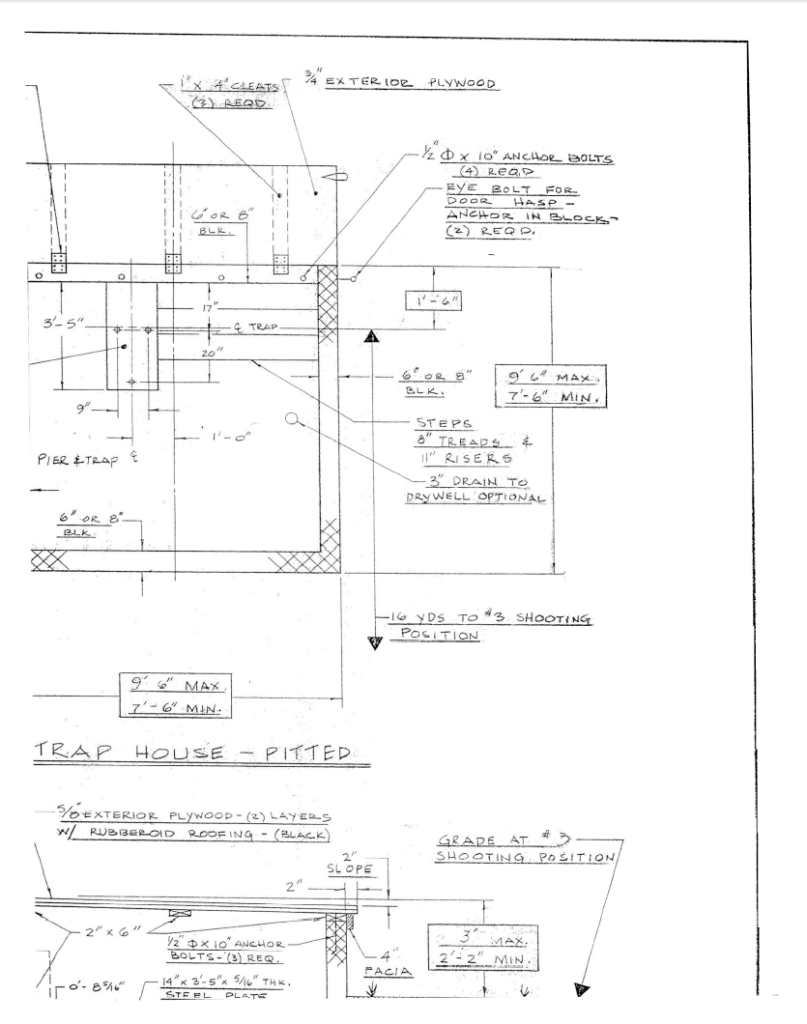
Trap machine
A trap machine, which throws targets at an unknown angle, shall be used for all League events. These trap machines shall assure the unpredictability of the flight of substantial all targets thrown. See target flight below for target flight information.
Traphouse
Traphouses must adequately protect the trap loaders and shall not be higher than necessary for that purpose. It is recommended that traphouses are:
• Length not less than 7 feet, 6 inches, nor more than 9 feet, 6 inches.
• Width not less than 7 feet, 6 inches, nor more than 9 feet, 6 inches.
• Height not less than 2 feet, 2 inches, nor more than 3 feet, 0 inches, the height to be measured from the plane of the number 3 shooting position.
The trap machine be on the same level as that of Post 3 and the target height setting pad.
Trap target flight
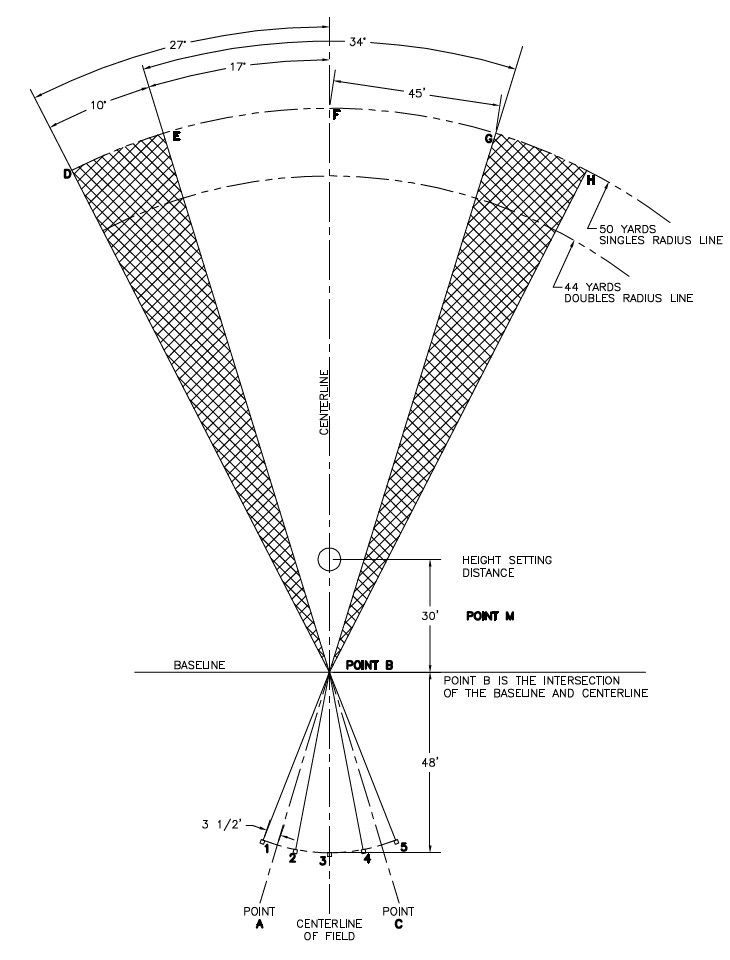
A target should be set so that when thrown from the straightaway position it reaches a height of between 9 to 10 feet when measured at a distance of 30 feet from the center point of the trap house. The target should then fly and then land at a distance between 49 yards to 50 yards – but no further than 51 yards. Distance measurements should be on level ground during still air.
If using a radar speed gun to set targets, a speed of 42mph at a target height of 9 feet to 10 feet (measured 30 feet out from the trap house center) should reach the desired distance.
Target throwing angles shall be adjusted that within the normal distribution of angles as throne by the trap machine, the right angle shall not be less than 17 degrees measured to the right of center, and not less than 17 degrees measured to the left of center, with a total angle between outside target limits on not less than 34 degrees. See the Target Area example for more details.
Skeet field
Please see the third diagram on the right for the official field layout as published by the National Skeet Shooting Association.
Skeet target flight
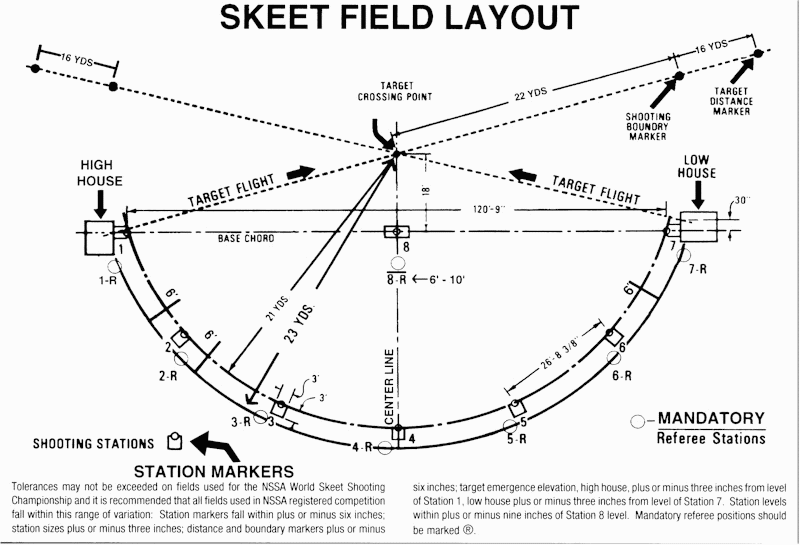
The National Skeet Shooting Association provides the following definition of a ‘Regular Target’ per rule III-3-a:
“A regular target is one that appears after the shooter’s call and within a period not to exceed one (1) second, and which passes within a three-foot circle centered at a point fifteen (15) feet above the target-crossing point. The target-crossing point shall be measured from the level of Station 8. The target, in still air, must carry to a distance equivalent, on level ground, to 60 yards from the skeet house when passing through the center of the hoop, with an allowance tolerance of plus or minus two yards.”
